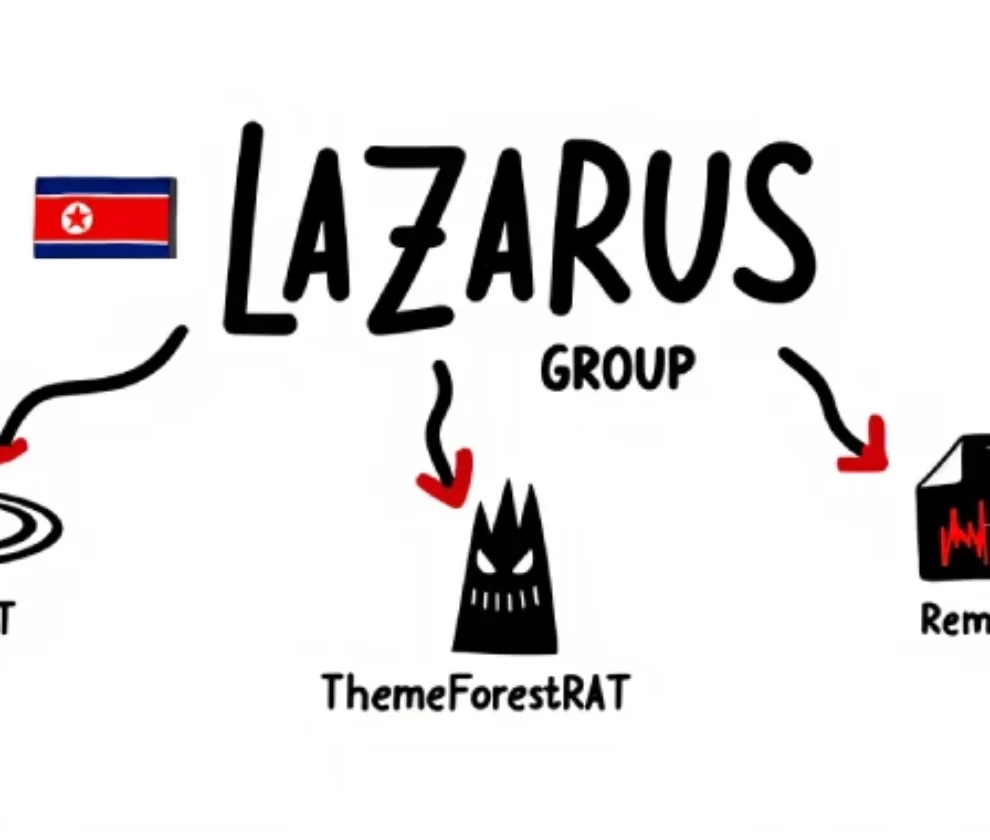Ransomware attacks have become one of the most pressing threats for modern businesses, causing widespread disruptions, compromising sensitive data, and resulting in billions of dollars in losses annually. In this guide, we will demystify ransomware, explore how it operates, and provide actionable strategies to safeguard your organization against this growing cyber threat.
What Is Ransomware?
Ransomware is a type of malicious software designed to encrypt a victim’s data, rendering it inaccessible. The attackers typically demand a ransom in exchange for the decryption key needed to regain access to the files. These attacks can target companies of all sizes, including critical sectors like healthcare, technology, and aerospace.
Types of Ransomware
- Crypto Ransomware: Encrypts a user’s files, making them inaccessible until a ransom is paid.
- Locker Ransomware: Prevents users from accessing their devices but does not encrypt individual files.
Real-World Example: Collins Aerospace Attack
One notable example occurred in October 2025, when security platform RedPacket Security reported a ransomware attack by the EVEREST group targeting Collins Aerospace, a prominent company in the technology sector. Incidents like this highlight the growing need for robust cybersecurity measures.
Consequences of Ransomware Attacks
The repercussions extend far beyond immediate operational downtime. Businesses may face financial costs from ransom payments, loss of revenue, damage to their reputation, and even legal ramifications from exposing customer or client data.
How to Protect Your Business From Ransomware
While no organization is completely immune to ransomware, implementing the following strategies can dramatically reduce the risks:
1. Keep Your Software Updated
Always ensure your operating systems, applications, and security tools are updated with the latest patches to fix vulnerabilities exploited by cybercriminals.
2. Regular Backups
Create frequent backups of critical business data and store these backups in secure, offline locations. This ensures you can restore data even in the event of an attack.
3. Employee Awareness
Train your staff to recognize phishing emails, avoid suspicious downloads, and follow cybersecurity best practices to minimize inadvertent risks.
4. Deploy Advanced Security Solutions
Invest in technologies like firewalls, antivirus software, and Endpoint Detection and Response (EDR) tools. These solutions can detect and mitigate threats before they infiltrate your system.
5. Incident Response Plan
Develop a comprehensive incident response plan that outlines steps to take following a ransomware attack. A quick response can limit damage and improve recovery time.
The Role of the Dark Web in Ransomware
Groups like EVEREST often threaten to release stolen data on the Dark Web if their ransom demands are not met. This tactic places additional pressure on victims, further complicating the recovery process.
According to a CNIL study, nearly 60% of small and medium-sized businesses targeted by ransomware close their doors within six months of an attack.
Conclusion
Ransomware attacks are becoming increasingly sophisticated, but businesses do not have to face this threat unarmed. By prioritizing proactive measures, investing in advanced security tools, and fostering a culture of cybersecurity awareness, organizations can better protect themselves against these disruptive threats. If you’re looking to strengthen your defenses and receive tailored advice on enhancing your digital security, contact the experts at Lynx Intel today.


